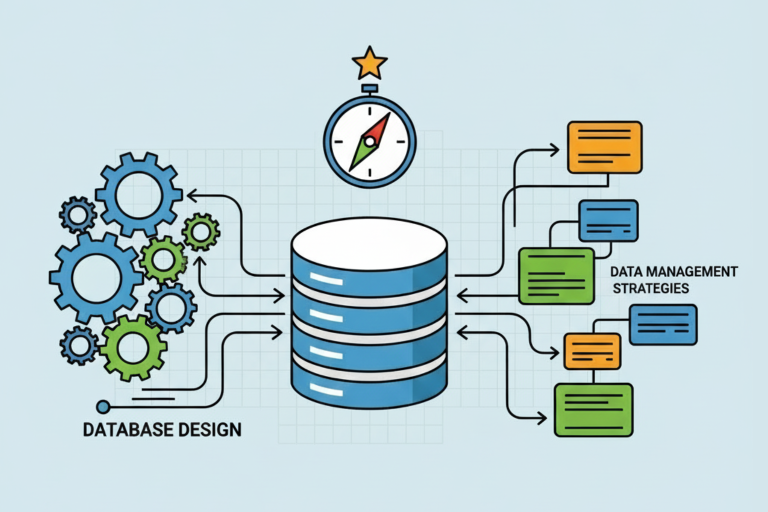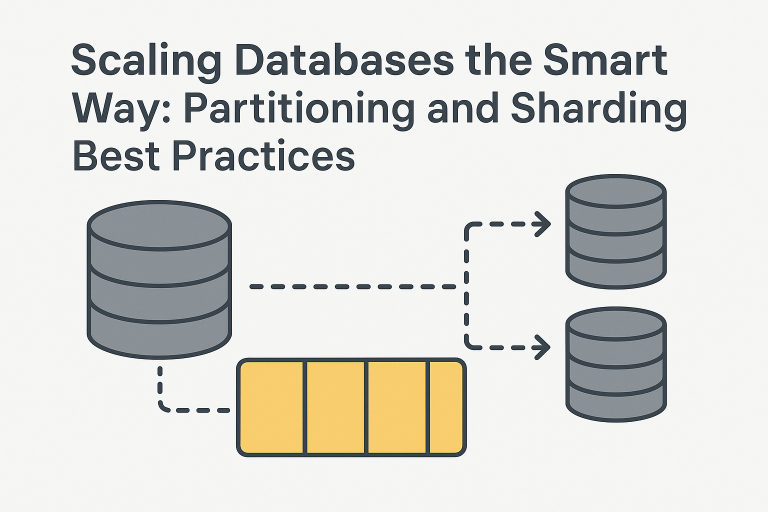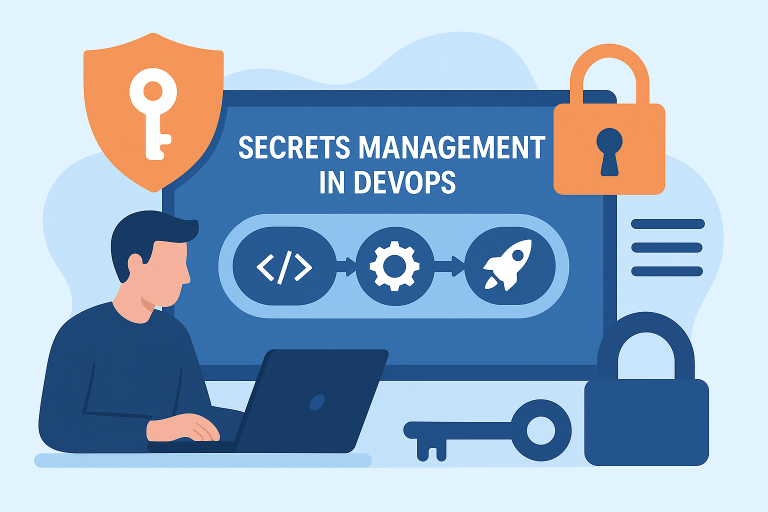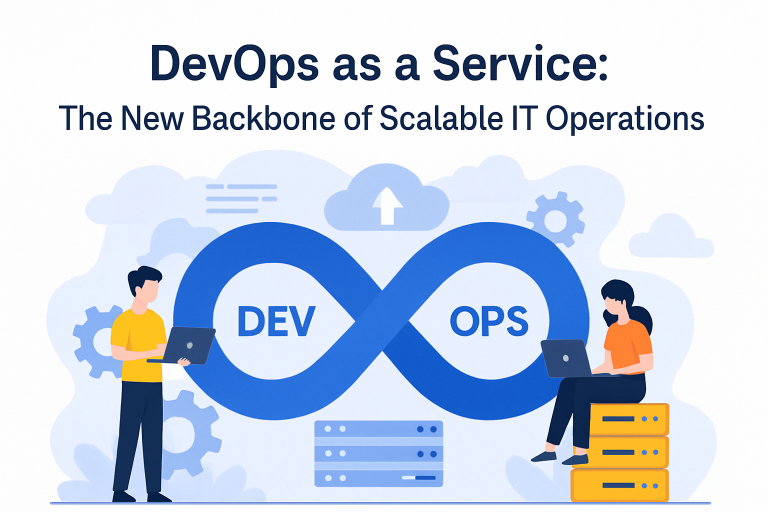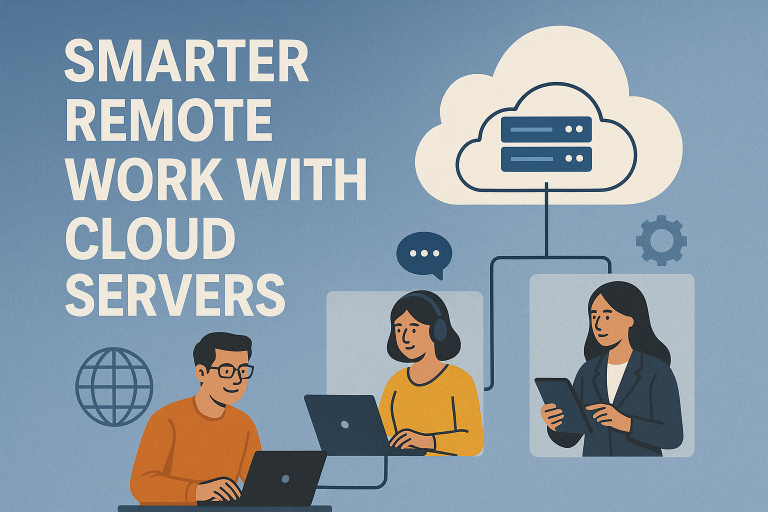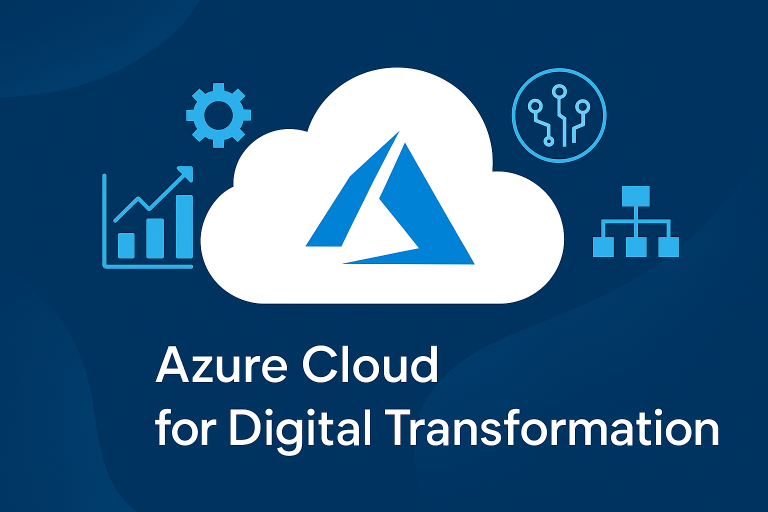
The world of information technology is rapidly evolving; therefore, staying updated on the latest managed IT service trends is crucial for businesses aiming to stay competitive. As new technologies emerge, managed IT services help organizations adapt by providing essential support, such as application maintenance and infrastructure monitoring.
Managed IT services implies all those technology services which a company can outsource from an external IT partner. In this age of digitalization, most companies can leverage managed IT services for better support as per their business needs. Data-driven organizations with network-based infrastructures can get the maximum benefit from such services. In general, managed IT services include multiple support services like quality assurance and testing, IT infrastructure monitoring, application maintenance, helpdesk management, support services, and so on.
The main purpose of hiring managed services is to ensure the seamless operation of your business. An efficient MSP provides prompt application maintenance, support, and consistent IT infrastructure monitoring.
The role of an MSP in your organization
An MSP in IT can serve as the master key to all your technical queries. Specifically, it is an IT company equipped with tools, expertise in cutting-edge technologies, and the know-how to meet all your tech-related needs. Moreover, as managed IT service trends evolve, partnering with a managed services provider ensures that your organization remains resilient and adaptable. Additionally, timely operational reporting, proactive support, and on-demand scalability are among the many benefits of hiring an MSP.
Top 6 emerging trends in the field of managed IT services in 2022
Staying ahead of managed IT service trends allows businesses to adopt cutting-edge solutions that boost efficiency and security.
1. Cloud and automation are the key performers
To meet growing IT demands, modern MSPs use cloud-native solutions and automation as key strategies. Notably, one of the biggest advantages of MSPs equipped with cloud computing and automation is their ability to support on-demand scalability. Cloud storage prevents data loss during downtime, while automation reduces manual errors and discrepancies. Since every organization has unique business needs, efficient MSPs can also provide ‘customized automation’ to meet these specific requirements. This added flexibility allows you to design tailored managed services tools and deploy them seamlessly within your cloud environment.
2. Cybersecurity mesh will dominate as your business safety net
Cybersecurity remains one of the most crucial aspects of the modern digital landscape. Particularly during the COVID crisis, when many employees began working from home and often using personal devices, the need for enhanced cybersecurity has become even more pressing. Indeed, remote work practices, reliance on unsecured networks, and employees’ limited knowledge can all increase security risks.
To effectively protect your organization from potential threats, reliable managed service providers now incorporate advanced security services, such as cybersecurity mesh. This modern approach to IT infrastructure monitoring not only ensures network safety but does so without physical boundaries. Moreover, a comprehensive security mesh framework maps IT infrastructure security to device identities, regardless of location. Looking ahead to 2022 and beyond, MSPs can offer improved cybersecurity through this horizontal network approach, empowering your organization to keep pace with expanding digital demands.
3. Application performance monitoring will proliferate
In this fast-changing IT world, MSPs are a tremendous support to organizations, especially small and medium-sized businesses, to match the development speed. Support services and application maintenance are two vital aspects where organizations can get experts’ support through managed services IT.
Implementing an application performance monitoring (APM) tool can be a crucial step for IT organizations. In fact, it provides a quick feedback mechanism for developers, enabling them to address issues more efficiently. An APM offers a variety of services, such as front-end monitoring (to analyze user behavior), ADTD (for application discovery, tracing, and diagnostics), and AIOps analytics (to identify application lifecycle patterns and anomalies). Moreover, with the help of these tools, your DevOps team will be able to analyze business problems more effectively, ultimately reducing their mean time to repair (MTTR).
4. Network agility
Organizations’ networking is continuously evolving in the face of disruptions like artificial intelligence (AI) and 5G. Collaboration with a managed IT service provider can be an effective solution to ensure end-to-end protection for your networking platforms. With the help of a network operations center (NOC), you can catch up with the speed of digital transformation.
As expected, several organizations may consider server virtualization in the coming years. With that arrangement, a virtual server will step up to support in case of unexpected downtime and network losses.
5. Consumer experience will drive managed helpdesk support
The customer experience (CX) is always crucial, and it is a driving force behind enterprise operations. The modern customer prefers prompt and customized services. They prefer multi-channel communication like knowledge forums, chatbots, service catalogs, etc. Here the MSP can play a vital role – a managed helpdesk support can take a load off your IT technicians and satisfy your customers’ queries at their end. So, your in-house team will be free and can focus on their core business.
Going forward, helpdesk automation is on-trend. It can amazingly reduce the response time and improve client satisfaction.
6. Utilization of Open-source tools
Long back, industry analysts have been supporting open-source testing tools. Coders can modify and utilize these tools to optimize enterprise applications. This will make open-source tools more efficient and safe tools to be used for testing.
In 2022 and beyond years, managed quality assurance testing will be going to involve the increased usage of open-source tools. These free tools even allow testers to opt for the method of testing.
Key Takeaways
As managed IT service trends continue to evolve, partnering with a managed services provider ensures that your organization remains resilient and adaptable. In addition to IT support services, your MSP serves as a valuable source of information, keeping you updated on the latest developments in the IT field. Furthermore, they assist you in selecting the most suitable tools and applications for your business. Beyond application maintenance and support, your MSP also provides IT infrastructure monitoring, network operational support, helpdesk management, and quality assurance and testing. Therefore, it’s essential to find the right MSP to strengthen your IT capabilities.
